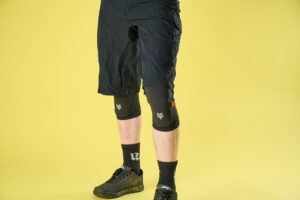How to tune your mountain bike gears (VIDEO)
Adjusting a rear mech — otherwise known as a rear derailleur — is a straightforward job, as long as you understand what the adjustments actually do. The main ones are the limit screws and cable tension.
Limit screws control the mech’s range of movement across the sprockets/cassette. They need to be set so that the mech can access the highest and lowest gears without overshooting and causing the chain to derail, or worse still, the mech to venture into the spokes. The limit screws are usually marked L (low) and H (high). The low adjuster limits the movement of the mech towards the lowest gear (largest cog), and the high adjuster does the same for the highest gear (smallest cog). Once the limits of a mech are set, they can be left alone as long as the mech or mech hanger doesn’t become bent.
Cable tension adjusts the indexing of the gears, which basically ensures that for each click of the shifter, one gear is shifted. Cable tension can be roughly set at the cable clamp and then fine-tuned by barrel adjusters on either the mech or the shifter. Cable tension is critical and often needs minor tweaks to account for cables bedding in and deteriorating over time.
It is of paramount importance that the mech and mech hanger are aligned, and that the drivetrain is in good condition in order to set up gears correctly. The cables are the most sensitive part of the system; even tired gear components can be given a new lease of life with some good-quality cables!
This article appears in the Summer 2013 issue of MBR, on sale from Wednesday June 26.

















